Maintenance Cleaning
As part of a maintenance cleaning program, the most prevalent types of contamination, such as adhesives, coating resideus, baked-on fluxes and recondensed gas emissions from the soldering process, must be removed to ensure a reliable and failure-free production process.
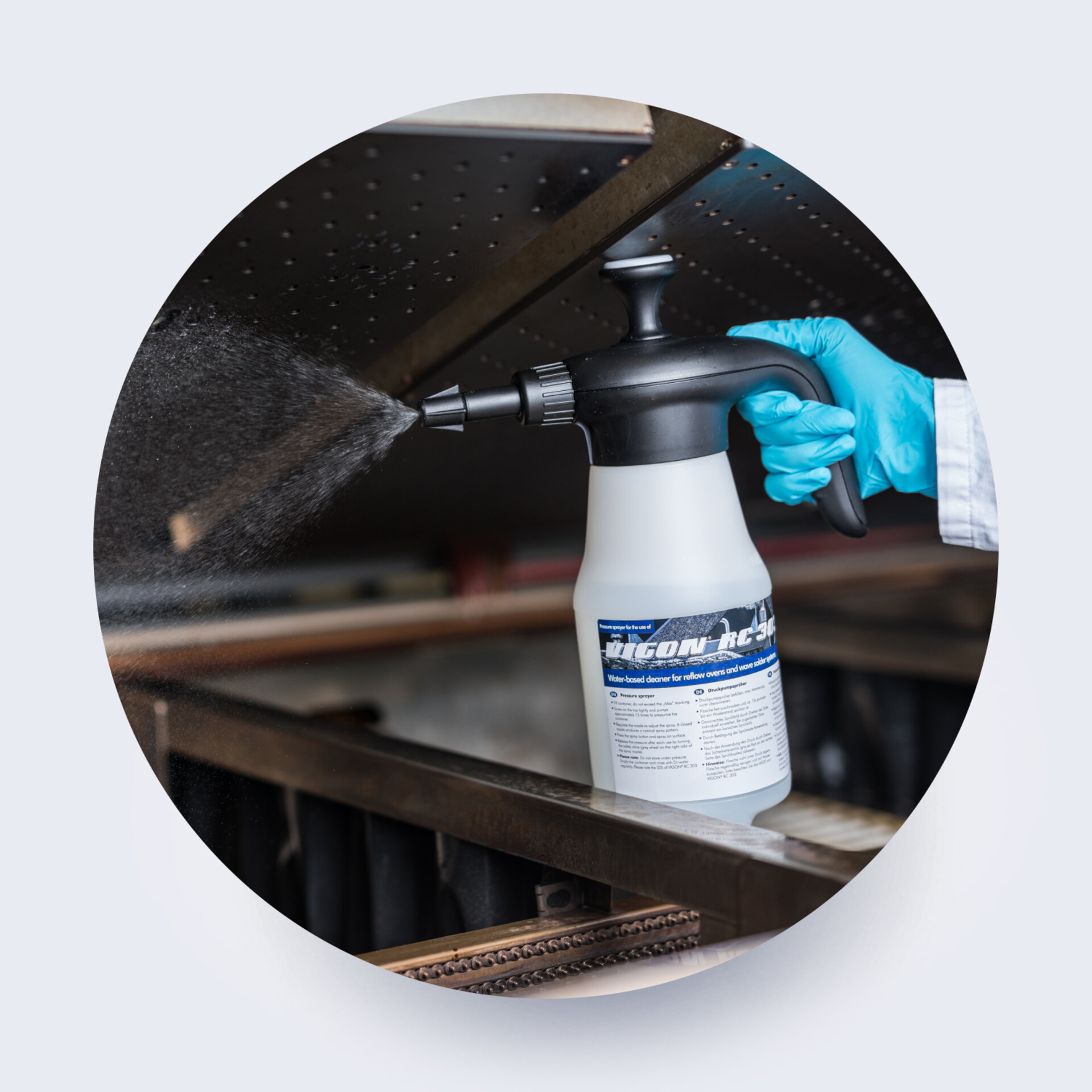
The Challenge...
Ensuring reliable and high-yield production processes requires regular maintenance, which can often be challenging in today's fast-paced work environment. This is because most maintenance activities require taking the machine offline which disrupts valuable production time and/or hours of manual labor. It is essential to have maintenanace cleaning products that work quickly, are environmentaly safe and user friendly. Maintanance cleaning is important because:
-
Improves product quality
-
Prevents equipment failure
-
Increase productivity
-
Ensure operator safety
-
Extend equipment life
Maintenance Cleaning Applications
Maintenance cleaning is crucial for ensuring the reliability, efficiency, and safety of your SMT line, as well as for producing high-quality products and maximizing productivity.
removal of baked on flux & gas emissions from soldering process
Solder Frames & Condensation Traps
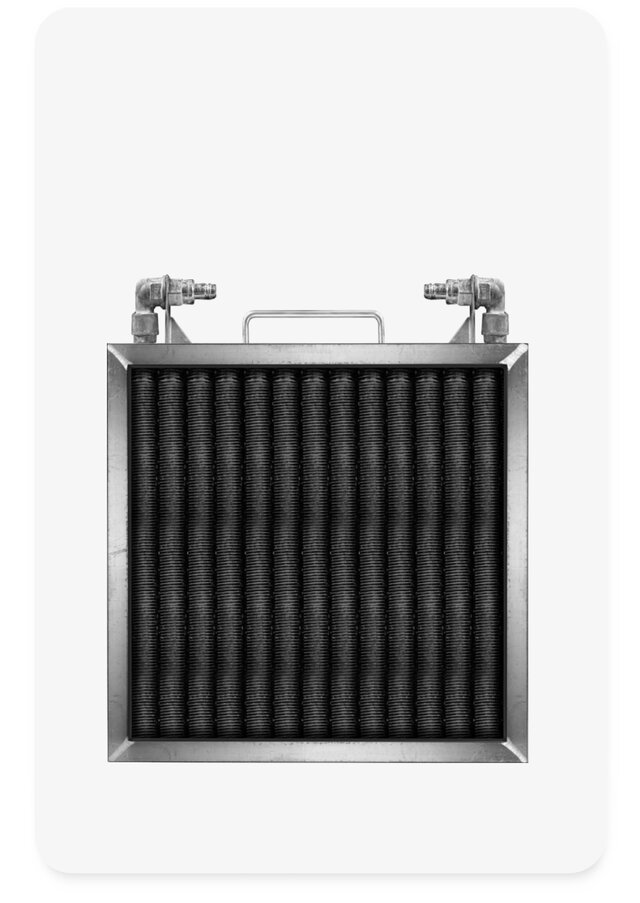

Condensation traps get contaminated during the soldering process with flux. If not cleaned thoroughly, thermal efficiency is reduced preventing further deposits.
When cleaning solder pallets, severely burnt-in flux residues must be removed, otherwise the proper PCB placement and optimal processing through the wave soldering machine cannot be ensured. This typically leads to uneven soldering results on the assembly.
The removal of flux residues from condensation traps and solder pallets is typically done in cleaning equipment. For this application, ZESTRON offers various aqueous-based maintenance cleaners which remove severely burnt-in flux residues generated by low solid content, resin/rosin, synthetic, and water soluble flux residues.
removal of baked on flux & gas emissions from reflow process
Reflow Ovens
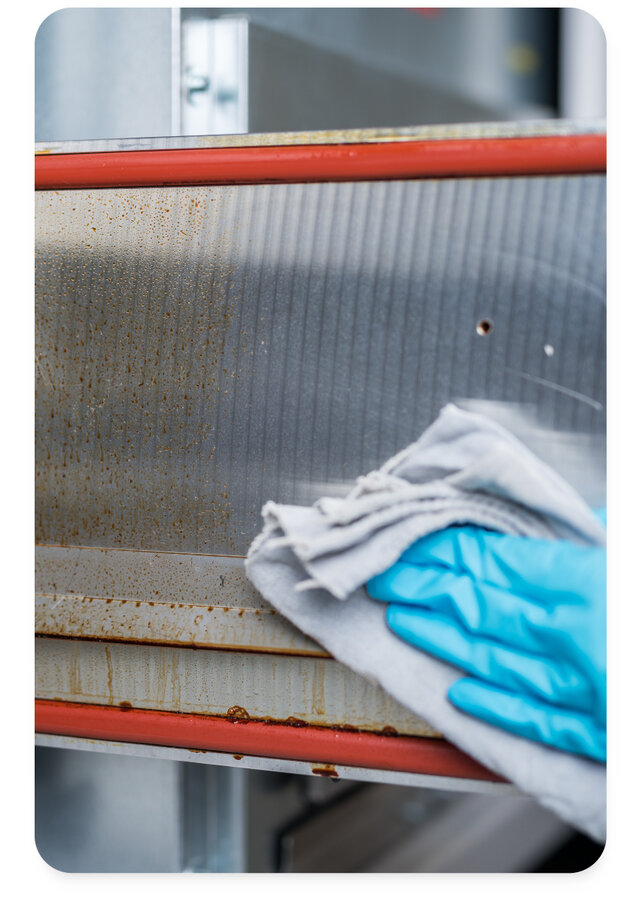

During the soldering process, evaporated fluxes as well as gas emissions from solder paste are deposited onto the internal surfaces of the reflow oven. An increased level of flux precipitate and gas emissions can lead to an unstable reflow profile as the desired peak temperature in each zone cannot be consistently reached. Moreover, during subsequent reflow processes, contaminants from gas emissions can be redeposited onto the next assembly. Therefore, regular cleaning of reflow ovens ensures the stability of the reflow process.
Removal of baked on flux
Wave Solder Systems

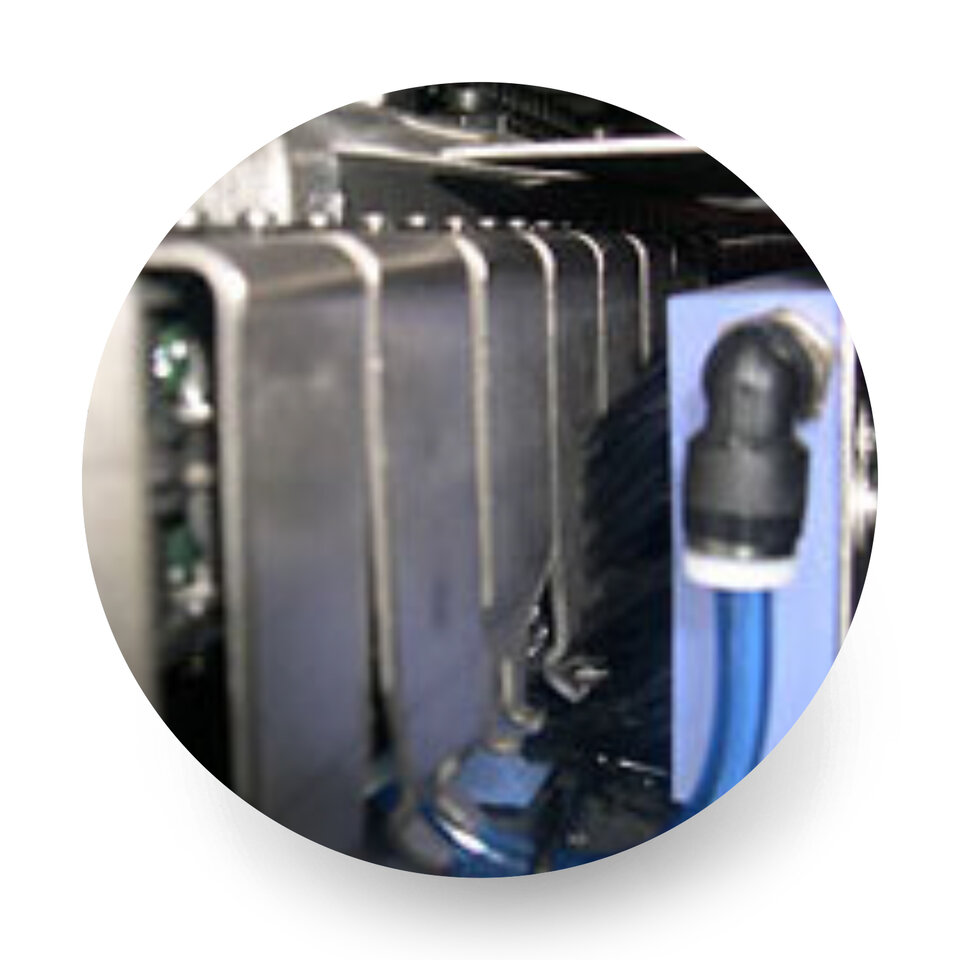
During the wave soldering process, cross-contamination occurs when flux residue builds on the conveyor fingers. The residue buildup traps dust particles and other contaminants and as a result, the transported boards are contaminated when these particles are transferred onto them.
Additionally, as flux residue buildup on the conveyor fingers increases, it may interfere with and prevent consistent soldering dip. This can lead to poor soldering reliability. Thus, continued cleaning of the conveyor fingers is critical to ensure that solder pallets are properly guided over the wave.
In order to avoid cross-contamination issues, ZESTRON offers aqueous-based maintenance cleaning agents that have no flash point and therefore, unlike commonly used alcohols, can be applied to warm surfaces. This prevents unnecessary machine downtime. Furthermore, for conveyor finger cleaning, these cleaners can be used while the process is running.
Removal of coating residue
Pallets, Tools and Fixtures
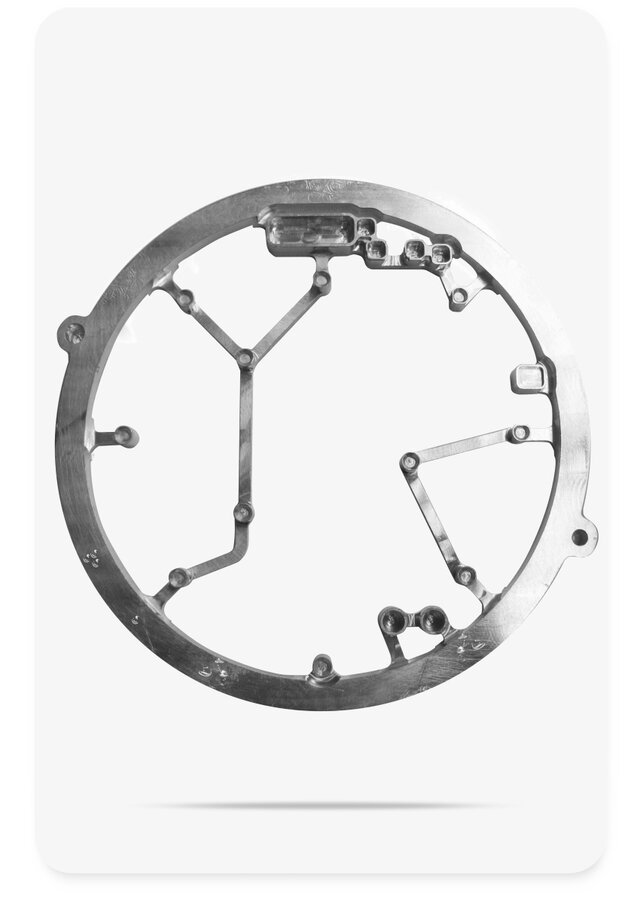

During the coating process residues remain on pallets, fixtures and tools. Regardless of the type of coating; acrylic, urethane, epoxy, silicone or arathane, it is difficult to remove remaining residue and often require hours of soaking and manual chisseling.
ZESTRON's environmentally friendly alternatives cut your decoating time in half, if not more and eliminate the need for manual scrapping.
Removal of SMT adhesives & epoxies
Dispensing Needles
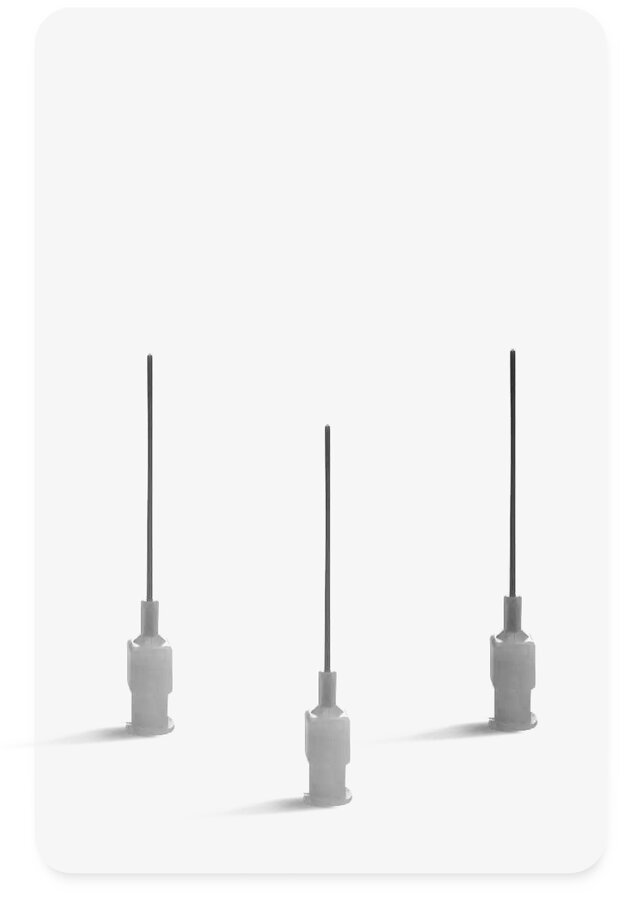

When cleaning dispensing needles, primarily epoxy glue (e.g. SMT adhesives), they must be removed from tools. Only when cleaned regularly, one can guarantee the right amount of dispensed glue. If the needles are not properly cleaned, remaining SMT adhesives cure over time and make it almost impossible to clean them at a later stage leaving them useless.
Cleaning dispensing needles can be done manually as well as in an automated process, e.g. in an ultrasonic tank. For this application, ZESTRON offers modern cleaning agents that are formulated on the basis of modified alcohols. These products feature excellent cleaning power as well as a long bath life if used in an automated system. These maintenance cleaners are available in aerosol cans and numerous container sizes.
better.faster.saferHYDRON® SE 230A Case Study
A large Aerospace & Defense contractor had several types of conformal coatings they were looking to remove from pallets and fixtures. They explored ultrasonic systems and were soaking the pallets and fixtures in acetone and other harsh solvents for 3-4 hours before manually removing coating residues with a chisel.